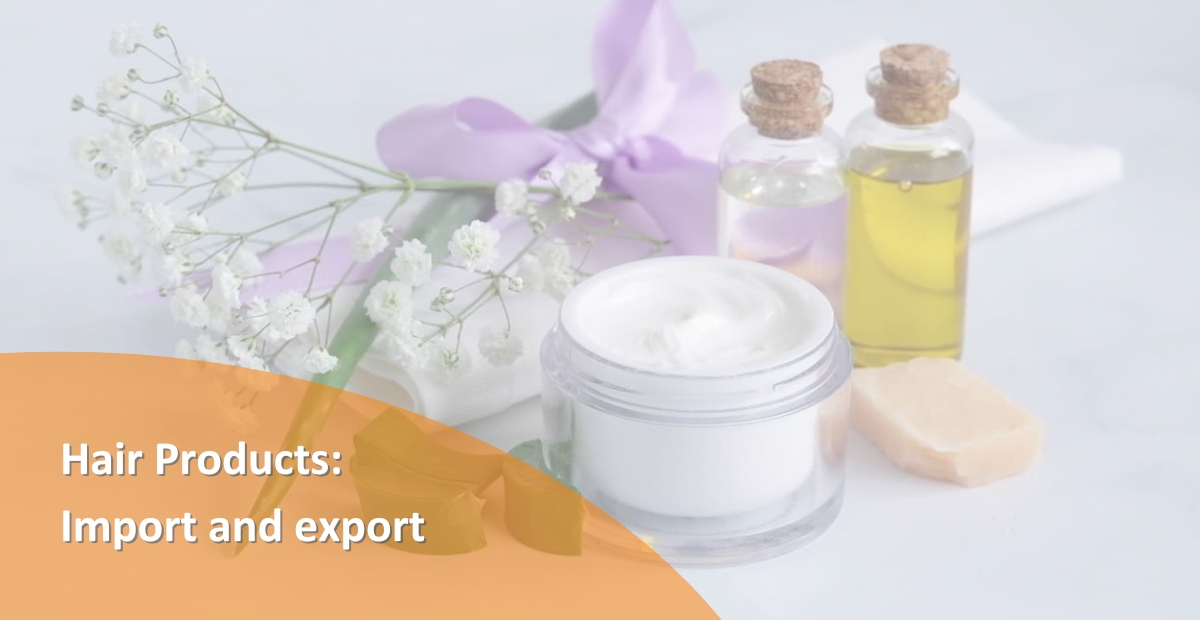PRODUCT CLASSIFICATION
Hair Products are styling items designed to clean, nourish, protect and enhance all kinds of hair types and concerns, such as dryness, damage, frizz, or scalp health and include items like shampoos, conditioners, oils, serums and masks.
They play a central role in personal grooming and wellness, and their customers are increasingly seeking goods that align with their values, for example sustainability, clean beauty, ingredient transparency, diversity and constant innovation.
Hair Products are a part of the Perfumery & cosmetics, a category of the Chemical Products section that includes a wide variety of related by-products like Hair preparations, others, Hair shampoos, Hair lacquers, and Hair waving or straightening preparations.
They also have a Product Complexity Index of 0.33, ranking 440th out of 1044 products in 2023.
This post will not consider a specific country’s market, but it will be focused on the Hair Products trade in general.

OVERVIEW
In 2023, global trade of Hair Products reached an amount of $17.5B, reflecting an increased percentage of 4.56 from 2022, when it totaled $16.8B and, over the past five years, it has grown at an annualized rate of 3.59%.
In addition, during the same year, Hair Products ranked 228 out of 1217 products, accounting for 0.078% of world trade.
EXPORT
In 2023 it was estimated that the main characters in the exportation scenario of Hair Products were
- United States - $1.64B;
- France - $1.53B;
- Italy - $1.49B.
Also, during the same year, the countries that registered the highest share of this category in their export portfolios were
- Norfolk Island - 0.83%;
- Andorra - 0.82%;
- Pitcairn Islands - 0.65%.

IMPORT
In 2023 it was revealed that the leading importers of the Hair Products category in global trade were
- United States - $1.81B;
- United Kingdom - $910M;
- Germany - $863M.

CONCLUSIONS
In 2023 the Hair Products trade continued to grow, driven by a rising interest in clean label products, scalp focused treatments and digital shopping experiences, with Gen Z and millennials who were the main characters in the demanding scenarios for personalized and eco-conscious solutions.
Despite challenges like raw material costs, this kind of market is still dynamic and resilient and it’s positioned in a positive context for a strong future expansion.
Source: https://oec.world/en

